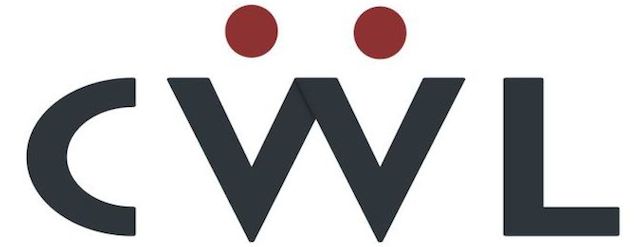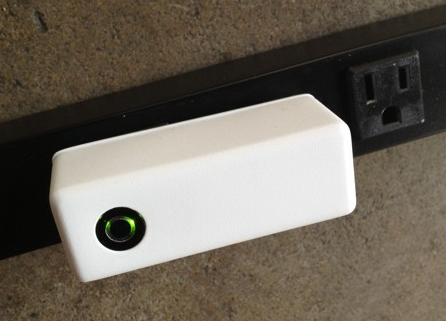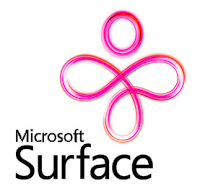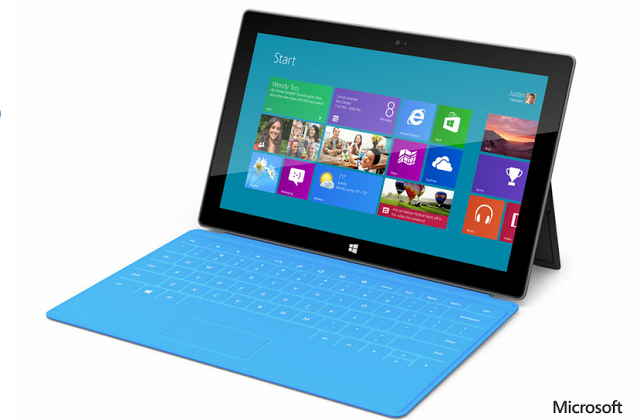Google I/O is usually the place Google announces some big things. In the past it’s been Nexus devices, and today there is a strong rumor that some sort of tablet will come today from Google. The event tarted a bit late, but the announcements were launched into right away – so let’s take a look.
It is the rule when supporting any major operating system, that more tools, the better. In the case of trying to understand what’s going on with a file system – there are options. Tools like the incredible Process Monitor give you a look at the file an registry operations on a machine. This generally works on the local computer and requires the use of filters (usually by process name) to get to more details. But, there is another way to watch changes to a file system that might be cleaner for what you’re after, It’s FolderChangesView.
Previously, I have covered an application that automates the web (To do something like: If it’s going to rain tomorrow, email me) – that application is If This Then That (IFTTT) and it’s amazing. In fact, it’s one of my few “Great Tools” (read my take here). IFTT does great work for things you want to […]
This time, I’ve found an amazing power control and monitoring device called Elphi. Let’s take a look.
As an early Beta invitee to Bitcasa, I was pretty excited. This new service promised the next evolution in online cloud storage – the unlimited space cloud storage. Because was bound by a non-disclosure agreement – I couldn’t bring the details to you until the product was released fully. Also, since much of the time I’m spending with this is […]
This seems nuts to me that a company of so many can do it, but it speaks of a trend I’ve been seeing with Microsoft’s products that culminated with the newly released Surface tablet. I’m simply just baffled by some of the choices that are made surrounding some of the products. It’s almost as if the world had run out of names and Microsoft was the first to find out. Let’s take a look at this mess on the eve of what is considered one of
With an event shrouded in lots of mystery and looking like it was haphazardly arranged (the event was apparently announced very last minute) – Microsoft turned out something quite significant today. Much of the lead-up press for this announcement mentioned a tablet that may, or may not have Windows RT and may, or may not be called Xbox Surface. That was all clarified when a tablet simply named “Surface” was announced.
Certainly, no one can breathe this week without hearing about Apple’s recent announcements. That news flooded the Internet, but it certainly wasn’t the only thing going on. Here are some of the interesting stuff I’ve come across recently. Do head to these sites and get involved in the discussion – you’ll be glad you did!
Clearly, a MAC OSX only tool is not being represented here. Well, for those fans of Total Commander (you know how I feel about that), I have a great OSX tool to show you today. This tool is a Open Source file manager created in the same light as Total Commander. As always, these tools are the kinds of utilities you’ll want to have access to every day if you’re a consultant or a power user.
Recently, I met a 70 year old former engineer, who by all accounts was in great shape for his age. I remember thinking I’d like to look that good at 70. He had been a mechanical engineer for more than forty years and recently left the industry he enjoyed to retire. These days, he tells me travel and leisure take up a good portion of his time.








